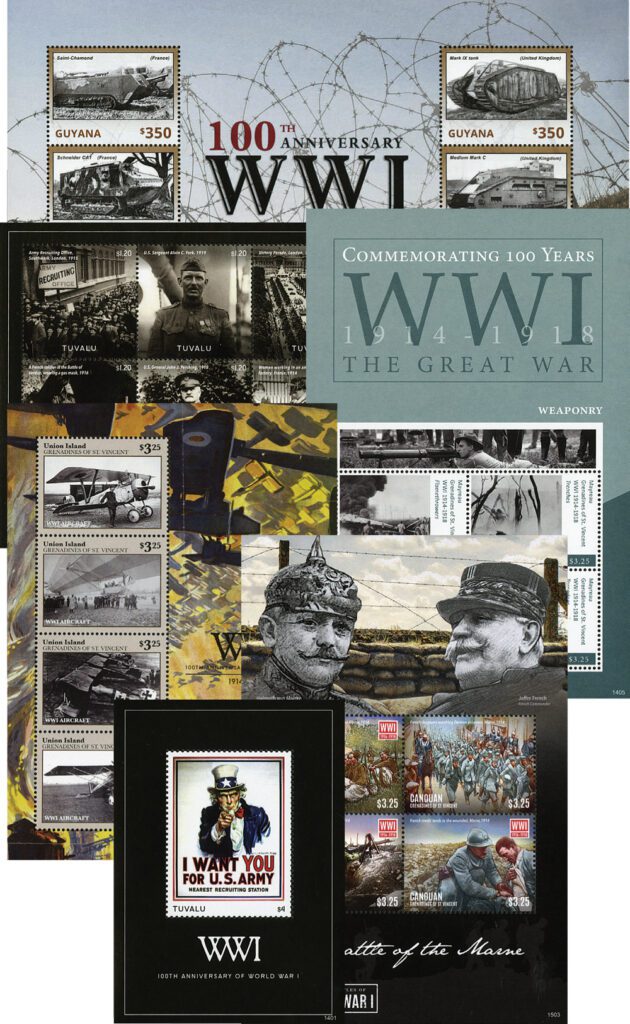On February 21, 1916, one of the longest battles on the Western Front began at Verdun. The nearly 10-month battle ended in a French victory, but at a high cost of lives on both sides.
German General Erich von Falkenhayn considered England to be his country’s most important enemy. Since the French shielded that nation from his reach, von Falkenhayn plotted to destroy that army first. He sought a target so valued by the French that they would sacrifice their entire army to defend it. Afterward, von Falkenhayn planned to march his troops swiftly on to England.

In late 1915, von Falkenhayn delivered his “Christmas Memo.” In it, he promised to not just take French territory but to make their army “bleed to death” in their defense of the Verdun fortress complex on the Meuse Heights.
On February 21, 1916, the Germans set up an eight-mile perimeter around Verdun, a heavily fortified garrison in the northeast of France and a critical part of the defense of Paris. The assault began with the heaviest bombardment in history, with the Germans firing over 1,220 guns. This constant shell storm would be common throughout the long battle. And over the coming months, about three-fourths of the French Western Front divisions would serve there.
During the first few days, the German orders quickly changed to take French positions “without regard to casualties.” By the end of the first week of battle, the Germans had advanced six miles and took control of the undefended Fort Douaumont, the most important fortress in Verdun. Fighting continued into June when the Germans took another important stronghold, Fort Vaux. Despite these gains, the German offensive was generally considered a failure and many German troops were called away to reinforce the Somme front. Falkenhayn was removed from his position shortly after.
Though the Germans abandoned their advance, they still held French forts. By autumn, the French had retaken both forts. Largely fought from trenches, the 10-month battle resulted in horrific casualties and more than 300,000 deaths on each side. It was one of the largest and longest battles between France and Germany on the Western Front during the war and one of the costliest conflicts in history.
Click here for more World War I stamps.
| FREE printable This Day in History album pages Click here to download a PDF of today’s article. Click here for a binder and other supplies to create your This Day in History album. |
Click here to see what else happened on This Day in History.




I have visited Paris, France. I arrived in the Republic, by way of Pas du Calais.
From there we headed towards Paris. On the way, we traveled past fields that
were battle sites, during the First World War. Perhaps one of these fields, was the site of Verdun. From Paris we traveled to Switzerland. On the way, we traversed fields where key battles took place during The Great War, such as Somme, and Marne.